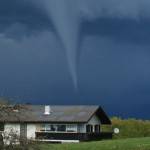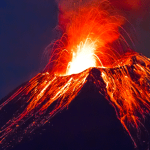Home of the fierce Vikings, Norway is the eastern-, northern-, and westernmost of all the three Scandinavian countries. The country has borders with Sweden, Finland, and Russia’s northwestern tip and is famous for its complex fjords that stretch along the country’s west coast.
Norway is divided into eight regions: East, Middle, Northern, South, and West Norway, as well as the islands Svalbard, Jan Mayen, and Bear Island.
In terms of weather, summers can greet you with temperatures as high as 30 degrees Celsius, while winters can have as low as -25 degrees Celsius, especially when further inland. However, towards the southeast temperatures tend to rise, being of around -15 degrees during winter.
While Norway comes with a lot of beautiful views, museums, culture, and traditions that you probably cannot wait to lay your eyes on, there’s still one thing you have to do before boarding your plane. Namely, you have to check how safe is Norway for tourists.
Any traveler knows that, before setting foot on foreign land, they must know as much as possible about the respective country. In this respect, today we have prepared for you this Norway safety guide, which we hope will answer all of your questions related to risks and safety!
Highest Risks You Expose Yourself to When Visiting Norway
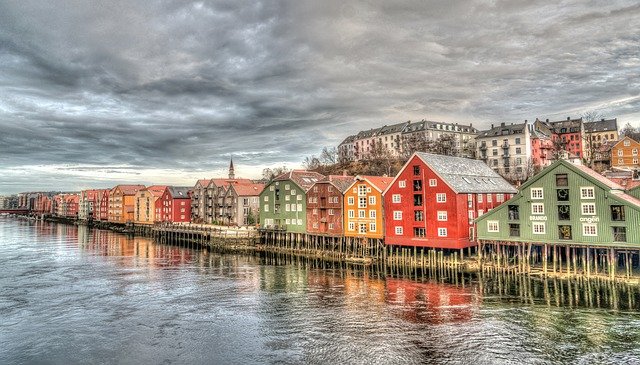
Overall Risks in Norway: LOW
Generally speaking, Norway is a safe country – as a matter of fact, it is one of Europe’s safest countries, given its low crime levels/ rates. The only issue it has – as any other country in the world – is represented by petty theft, pickpockets, and common thieves.
Obviously, the greatest threat Norway comes with is its environment, so to speak. If you are going to stay in one of the main cities, then whether you are going to have a rough or pleasant time depends entirely on the season.
However, if you wish to go hiking or engage in certain slightly dangerous activities, so to say, then you have to be properly prepared and backed up by a tour guide or a professional in the activity you wish to do.
So, when it comes to if is Norway safe to visit, crime should not worry you – instead, you should pay attention to the weather, as it can get quite harsh and pretty much unbearable, especially if you come from a warmer environment and choose to visit Norway during winter.
Pickpocketing and Theft Risks in Norway: MEDIUM
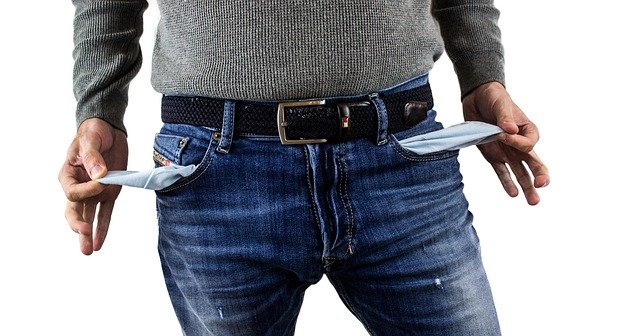
As mentioned before, even though Norway’s crime levels are quite low, you may still come across opportunists and petty thieves. These operate especially in airports, in and around the city of Oslo, and in railway stations.
Obviously, the areas they choose are those that are frequented by tourists and, thus, you can already consider yourself a target for a petty thief. Luckily, you can easily avoid being pickpocketed or robbed.
- How to avoid pickpocketing and theft in Norway?
We begin our list of Norway safety travel tips with ways through which you can avoid pickpocketing and theft.
First of all, when getting off the airplane/ train, keep an eye on your surroundings and keep your valuables in a safe place, especially your credit cards, money, and passport. If you have a backpack, you should keep it in front or sideways of you, and not on your back, as it is much easier for thieves to pickpocket you if you keep it that way.
You should also avoid traveling during the night, especially if you are alone. However, if you do so, it is recommended that you stick to main and well-lit roads – it’s even better if there are pedestrians around you as well.
Scam Risk in Norway: LOW
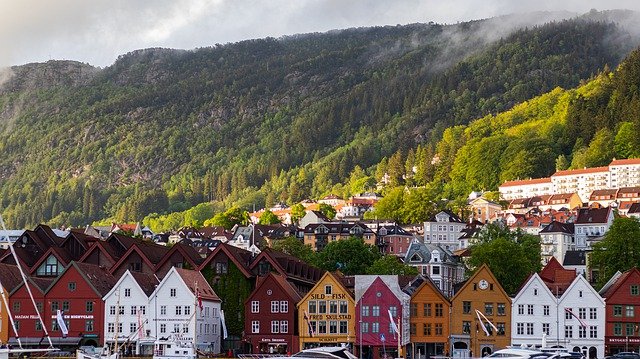
Naturally, as with any other destination/ foreign country, you can expect to meet people/ locals that will try to take advantage of the fact that you are a tourist.
Scammers will usually try to trick you via currency exchange, overcharging, distractions, and such. However, our Norway safety guide has all the information you need to avoid getting scammed.
- How to avoid getting scammed in Norway?
When it comes to scams that involve currency, it is advised that you double-check your change after you make a purchase, negotiate taxi fares and pricing of items in advance, and never pay for a product or service upfront.
Also, when getting inside a taxi, make sure that the meter is working and that the taxi is registered with an official taxi company.
On the other side, in terms of common scams, it is better to just ignore anyone that approaches you and/ or tries too hard to draw your attention. In many cases, one individual will distract you, while another will either pickpocket you or such. Also, don’t accept any help – with your luggage and such – from any strangers, as they might ask for payment afterward.
Kidnapping Risk in Norway: LOW
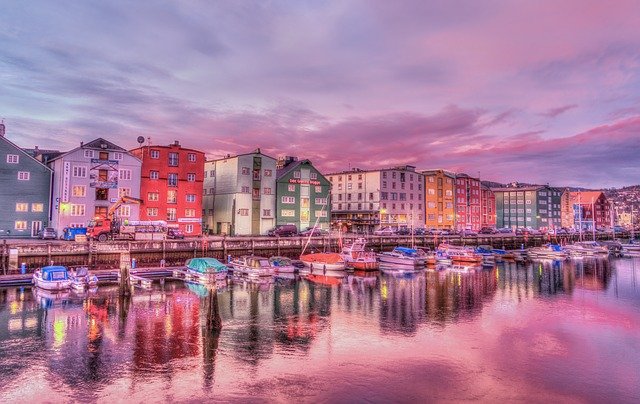
Reportedly, most of the crimes that are reported to the police in Norway are related to gang issues or drug trafficking. On top of that, the country’s incarceration rate is only 75 per 100,000 people – in comparison, US’s is 707 per 100,000 people.
Obviously, there have been no reports of kidnapping in recent years.
- How to avoid getting kidnapped in Norway?
Even though the chances of you getting kidnapped are very low, we still have some Norway safety travel tips that can help you avoid/ prevent being kidnapped – as they say, it’s better to be safe than sorry.
In this respect, we recommend you avoid poorly lit streets, bad neighborhoods, slums, the city outskirts, as well as any shady alleys and shortcuts that you may find on your way back home. Naturally, it is advised that you don’t travel alone during the night.
Terrorism Risk in Norway: LOW
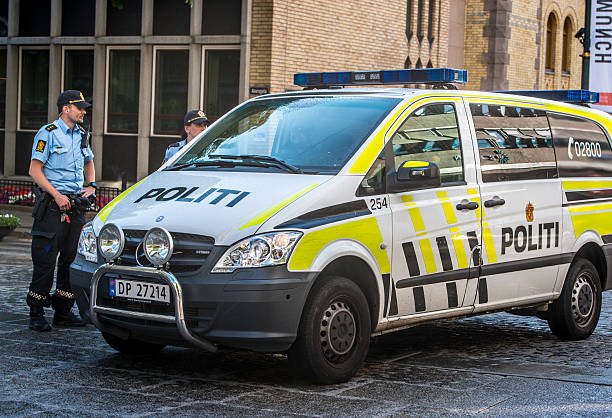
As expected, there have been no terrorist attacks in Norway recently. However, given the fact that a couple of its neighboring countries have been targeted in the past by various terrorist groups, it is better if you remain vigilant and cautious at all times.
- How to avoid terrorism in Norway?
In order to avoid being the victim of a terrorist attack in Norway, all you have to do is keep your eyes wide open for any suspicious events or items. Keep in mind that the areas commonly targeted by terrorists are markets, shopping malls, places of prayer, official buildings, places frequented by tourists, and crowded places in general – so you might want to be a bit more careful when in or around such areas.
If you notice anything suspicious or something happens, flee the area as soon as possible and alert the authorities.
Risks for Women Traveling Alone in Norway: LOW
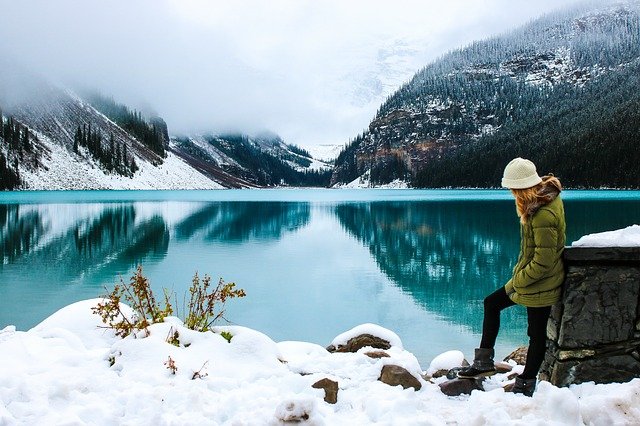
Plenty of women that have traveled alone to Norway stated that they didn’t have any issues while traveling. Thus, the question is Norway safe for solo women travelers is almost not needed when deciding whether the country is safe or not.
Naturally, because it is! However, do keep in mind that most of the women that traveled to Norway applied some basic safety measures that are likely to have kept them out of trouble. Obviously, you should do so as well if you want to ensure your safety!
- How to avoid crime as a solo woman traveler in Norway?
In order to avoid crime as a solo woman traveler in Norway, you should not walk alone during the night. Approach a decent outfit and avoid displaying any valuable items, such as jewelry and gadgets.
You should also try to stay away from any dangerous areas, such as the inner east side of Oslo, as this area has reportedly become more dangerous during the evening/ night.
Other than that, just stick to the beaten path and avoid any areas that you should not be going into – city slums, shady neighborhoods, city outskirts, dark alleys, shortcuts, and such.
Rape Risk in Norway: LOW
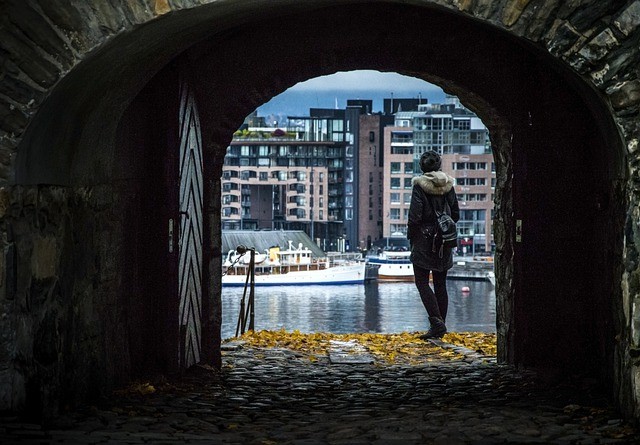
A couple of years ago, in 2015-2016, when quite a number of migrants have entered Norway, the rape rate seemed to increase, slow and steady. However, when the authorities have noticed this, they decided to set up courses of anti-rape for these migrants, which apparently were the reason behind the aforementioned increase.
There are a few articles that tell of Norway teaching migrants – and the rest of the people as well – how to properly treat women.
These being said, your chances of getting raped while in Norway are very, very slim.
- How to avoid getting raped in Norway?
Naturally, you also have to take some safety measures in order to prevent such incidents. For example, a decent dress code is pretty much required. No one in Norway would probably have an issue with provocative clothing but you, as a traveler, would want to draw as little attention to yourself as possible.
Other than that, just stick with the Norway safety travel tips we have mentioned so far regarding the areas you should stay away from and nothing bad will ever happen to you.
Risks for People Traveling with Children in Norway: LOW
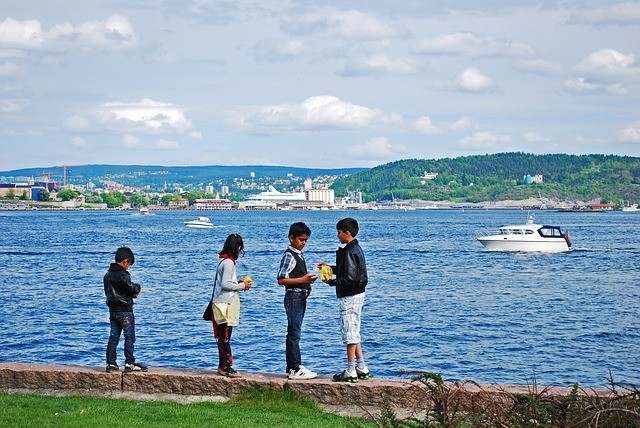
Even though it might get cold at times, Norway is a great country to visit with your children. The mountains, the fjords, as well as the beautiful Oslo are a few of the things they will see and probably never forget.
When it comes to risks, there aren’t any serious ones, so to say. However, keeping in mind that Norway is quite a popular tourist destination, you will most likely encounter large crowds of people in which your children could easily get lost. So, how safe is Norway for tourists that are traveling with children?
- How to avoid unwanted scenarios?
Well, it all boils down to you being able to keep an eye on them at all times. Other than that, you should make sure that their clothing is fit for the weather – depending on the season – and that you have a first-aid kit dedicated to children with you.
The latter should contain basic medicine as well as items to treat minor wounds, such as bruises – for example, grab band-aids!
Still, keeping an eye on them might be your greatest challenge – we all know how the little ones tend to sneak away, even though we have eyes for nothing else but them.
Natural Disaster Risks in Norway: MEDIUM
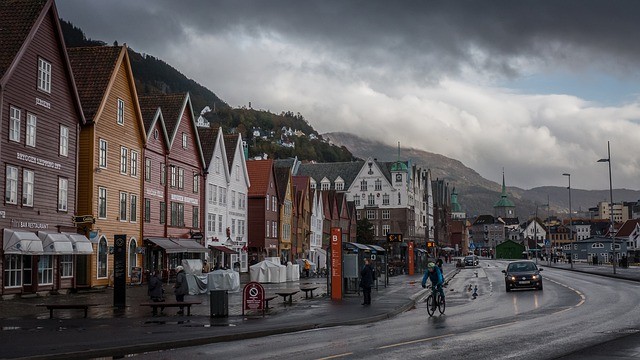
When it comes to natural disasters, Norway is mostly affected by storms and floods, with a frequency of 70% and 30%, respectively. Out of the two, storms have the highest mortality rate, of 80%.
You will have to check the local news and weather report each time before leaving your accommodation. Moreover, if you plan dangerous trips, keep in mind to never approach glacier fronts, waterfalls, or big waves unless you are accompanied and know exactly what you are doing.
If you want to visit the island of Svalbard, you should have a professional come with you and guide you!
Transportation Risks in Norway: MEDIUM
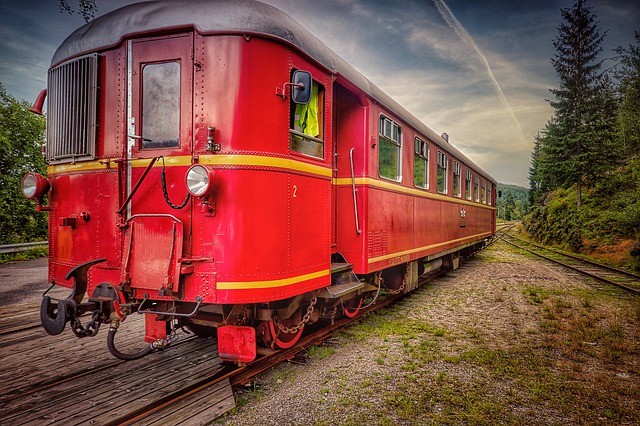
If you are planning a long-distance trip, keep in mind that distances are usually greater than you think, and driving will take much longer. If you are going to drive during winter, do your best to avoid winding and narrow roads and they can be hazardous and impassable at times.
Obviously, your car must be properly equipped for the type of environment you are going to use it in. Long-distance trips most likely imply you have to equip your vehicle with winter tires and even with snow chains.
Wherever you may go, make sure you are properly equipped and clothed and have taken the necessary precaution measures for bad to worse weather – the weather is known to worsen quite quickly in Norway, especially in unsheltered areas and mountain ranges.
Night-Clubs, Pubs, and Bar Risks in Norway: LOW
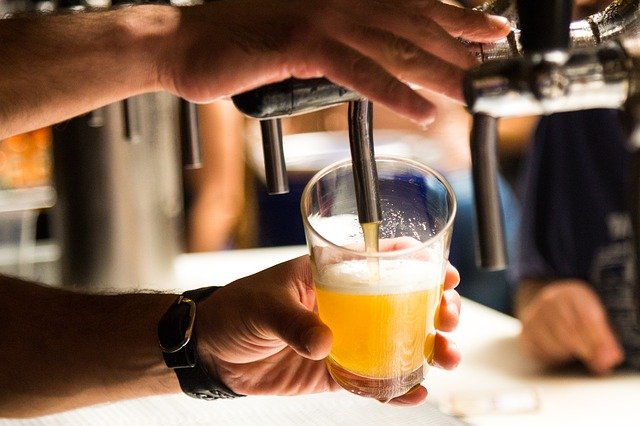
Even though Norway is overall a safe country, our Norway safety guide recommends you be cautious when inside nightclubs, pubs, and bars. The chances of something bad actually happening to you are slim, but it is better to be prepared.
In this respect, you should order your own drinks and politely refuse any given by strangers. Naturally, you must keep an eye on your drink at all times, in order to make sure that it doesn’t get spiked. There may be no reports of incidents involving spiked drinks, but such risk shouldn’t be ruled out.
Other than that, keep an eye out for pickpockets and opportunist thieves, even though it is unlikely that they’ll manage to enter one of the nightclubs/pubs you choose to visit, especially if you are in Oslo.
Health Risks in Norway
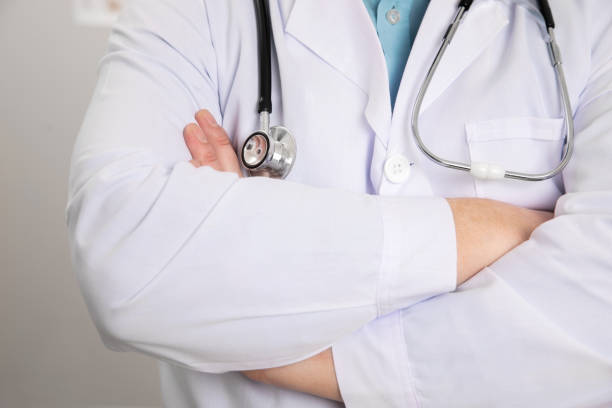
In terms of health, Norway is equipped with both advanced facilities and highly-trained staff. In most cases, the latter will speak English, so you don’t have to worry about any language barriers stopping you from receiving treatment.
If you plan on eating mussels that have been harvested off the coast or certain types of fish from fjords and lakes, you should seek local advice before doing so, in order to make sure that your health won’t be at risk if you eat any of the aforementioned.
As always, make sure that you are traveling with adequate travel health insurance and with enough funds to cover the costs of any treatment or medicine that you might have to take during your stay.
List of Vaccines You Need in Norway
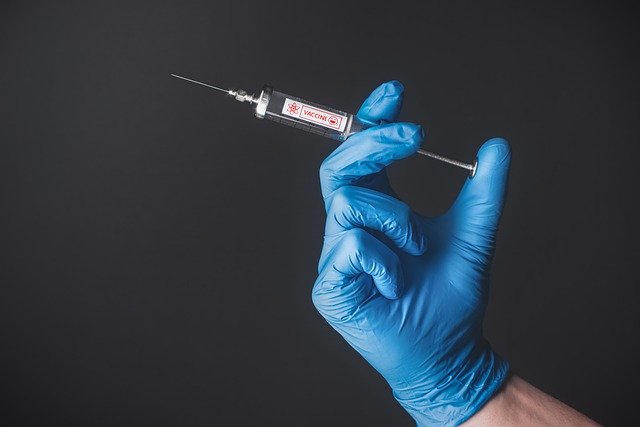
Below you’ll find a list of the vaccines that you need to take before traveling to Norway. However, it is recommended that you visit your doctor or check the Norway-specific health advice at least 8 weeks before your trip, in order to be up-to-date with any changes regarding vaccines or health risks.
- Routine Vaccines
- Measles
- Hepatitis A and B
- Rabies
Most Dangerous Areas in Norway
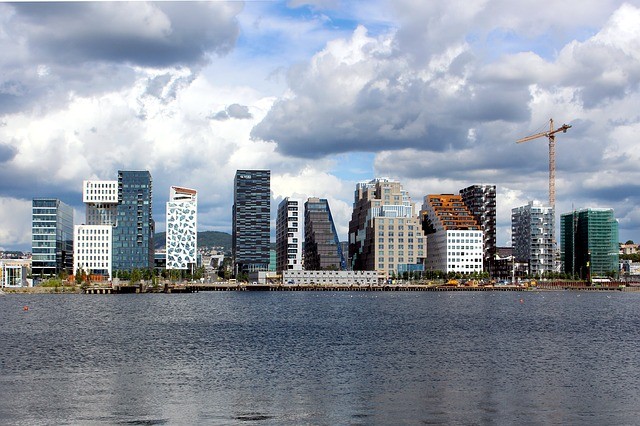
- East Side of Oslo
- Highway E6 and E18 – reportedly, these highways come with the highest rate of road accidents and fatalities.
- The Coastline – around 100 people drown every hear along the coastline, of which 10% are tourists, usually inebriated.
As mentioned before, in some cases you should be worried more about nature and natural elements, instead of criminals.
Concluding Remarks: Is Norway Safe to Visit?
So, in the end, is Norway safe to visit? Well, Norway is indeed one of the safest countries in Europe and, by taking some basic safety measures, you can have an amazing trip/ holiday.
The only things you should be worried about are the environment and the petty thieves – other than that, you can freely and safely have a blast, so to speak, in Norway!



